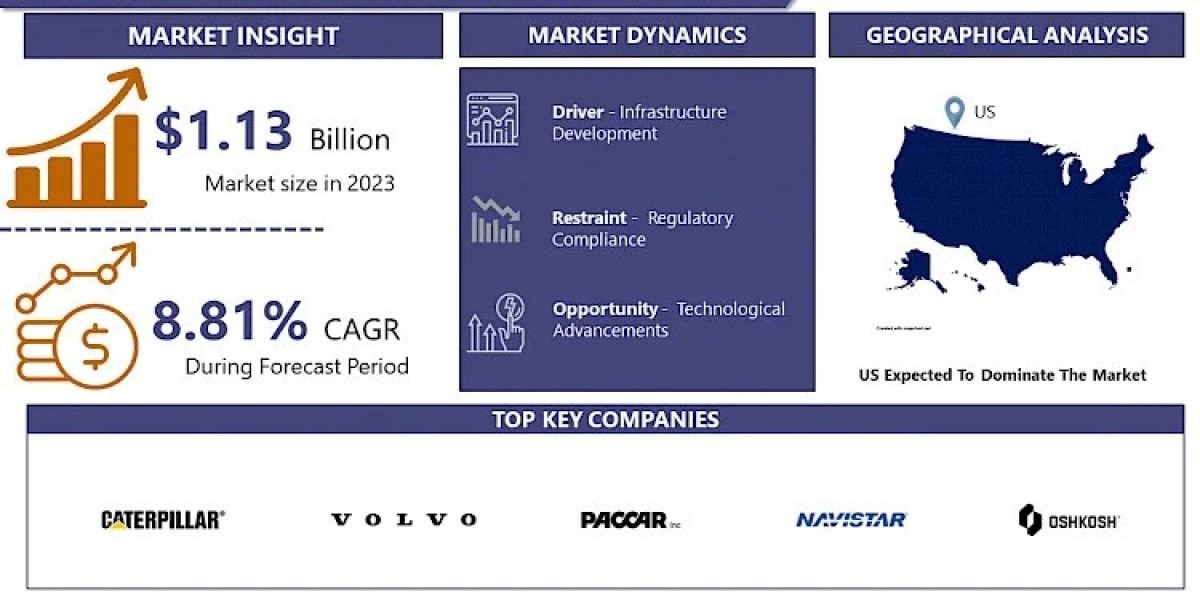Mergers and acquisitions (M&A) corporate law is a crucial area of legal practice that encompasses a range of regulatory and transactional aspects vital for businesses seeking growth through consolidation or acquisition. At TaberPatrick, we delve into the complexities of M&A corporate law, offering detailed insights that empower businesses to navigate this intricate landscape effectively.
Understanding M&A Corporate Law
M&A corporate law governs the process by which companies merge or acquire other entities. This area of law includes numerous components, such as compliance with federal and state regulations, negotiation of terms, and the due diligence process. Understanding these components is essential for any organization considering a merger or acquisition.
Key Components of M&A Corporate Law
- Regulatory Framework
The regulatory environment surrounding mergers and acquisitions is multifaceted. Entities must comply with laws enforced by government agencies, including the Federal Trade Commission (FTC) and the Securities and Exchange Commission (SEC). Understanding antitrust laws and other regulatory requirements is essential to ensure that a transaction does not face legal challenges post-completion. - Due Diligence
Due diligence is a critical phase in any M&A transaction. It involves a thorough investigation of the target company’s financials, operations, legal standing, and potential liabilities. Effective due diligence can uncover risks that might not be immediately apparent, allowing acquirers to make informed decisions. - Negotiation of Terms
The negotiation process is pivotal in shaping the outcome of any M&A deal. Parties must negotiate various aspects, including price, payment structures, representations, warranties, and covenants. Skilled negotiation can lead to favorable terms that minimize risk and maximize value. - Financing the Transaction
Understanding the financial structures that can support an M&A deal is crucial. This may involve equity financing, debt financing, or a combination of both. Each financing method carries its implications, affecting both the transaction’s risk profile and the future operations of the merged entities. - Contractual Agreements
The culmination of negotiations results in the drafting of several key documents, including the letter of intent, purchase agreement, and ancillary agreements. These contracts outline the terms of the transaction and serve as legal safeguards for both parties.
The Role of Legal Counsel in M&A Transactions
Engaging proficient legal counsel is indispensable for navigating M&A corporate law. A knowledgeable attorney can provide invaluable assistance throughout the process, ensuring compliance and mitigating risks. Their expertise in negotiations, contract drafting, and regulatory matters can significantly influence the transaction's success.
Selecting the Right Legal Team
When selecting a legal team for M&A activities, consider the following factors:
- Experience in M&A Transactions
Look for attorneys who specialize in mergers and acquisitions and have a proven track record of successful transactions. - Industry Knowledge
Legal counsel with industry-specific knowledge can better understand the nuances of the transaction and potential regulatory hurdles. - Reputation and Resources
Choose a law firm with a strong reputation in M&A corporate law, equipped with the necessary resources to conduct thorough due diligence and negotiations.
Best Practices for Executing M&A Transactions
Executing a successful merger or acquisition requires strategic planning and attention to detail. Here are some best practices to consider:
1. Develop a Clear Strategy
Before initiating any M&A activity, establish a clear strategic objective. Whether seeking market expansion, diversification, or technology acquisition, a defined purpose can guide the process and ensure alignment with broader business goals.
2. Conduct Thorough Due Diligence
Investing time and resources in the due diligence process can prevent future complications. Ensure that all aspects of the target company are scrutinized, from financial statements to legal obligations and operational efficiency.
3. Communicate Transparently
Effective communication among stakeholders, including employees, investors, and customers, is vital. Transparent communication can help mitigate uncertainty and foster a smoother transition during the merger or acquisition process.
4. Plan for Integration
Post-merger integration is often overlooked but is crucial for realizing the full value of the transaction. Develop a comprehensive integration plan addressing cultural alignment, operational synergies, and strategic objectives.
Common Challenges in M&A Corporate Law
Navigating the complexities of M&A corporate law often presents challenges. Recognizing these challenges can help organizations prepare and adapt:
1. Regulatory Hurdles
Antitrust issues and regulatory scrutiny can pose significant obstacles. It is essential to engage legal counsel early to assess potential regulatory implications.
2. Cultural Differences
Merging two distinct corporate cultures can lead to conflicts. Fostering an inclusive environment that respects both cultures can aid in creating a cohesive workforce.
3. Unexpected Liabilities
Hidden liabilities, such as pending litigation or unreported debts, can surface post-acquisition. Conducting exhaustive due diligence can mitigate these risks.
Conclusion
M&A corporate law is a complex field that demands careful navigation to achieve successful outcomes. Organizations considering mergers or acquisitions must engage knowledgeable legal counsel, conduct thorough due diligence, and develop clear strategies. At TaberPatrick, we are committed to providing businesses with the insights and expertise needed to excel in the dynamic world of mergers and acquisitions. By understanding the intricacies of M&A corporate law, companies can position themselves for growth and success in an increasingly competitive landscape.








